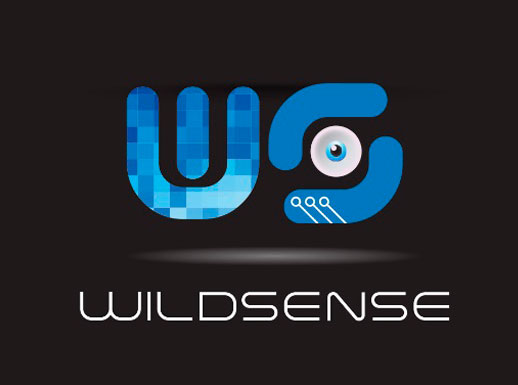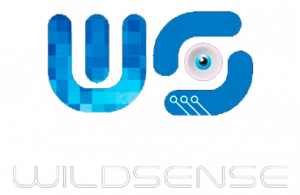MCA (Measure Cognition and Action)
It is a tool developed together with our partners COGNITIVE-MOTOR PERFORMANCE SPA., which applies evaluation and training methods to optimize the cognitive-motor skills of athletes.
Intelligent Sensing System for the Agro-Fruit Industry – (SIAG)
Wildsense Ltda. develops an IOT sensing system to assist in data extraction and relevant information in critical processes related to agricultural cultivation, specifically in fruit production.
Automated Subsea Robotics for High Seas Salmon Farming (R-SASA)
Inspection processes in offshore salmon farming cages currently have low technological sophistication, accuracy and verifiability.
Underwater Diver Positioning System (PBS System)
This system represents a comprehensive technological solution for monitoring, recording, and analyzing dives by professional divers

